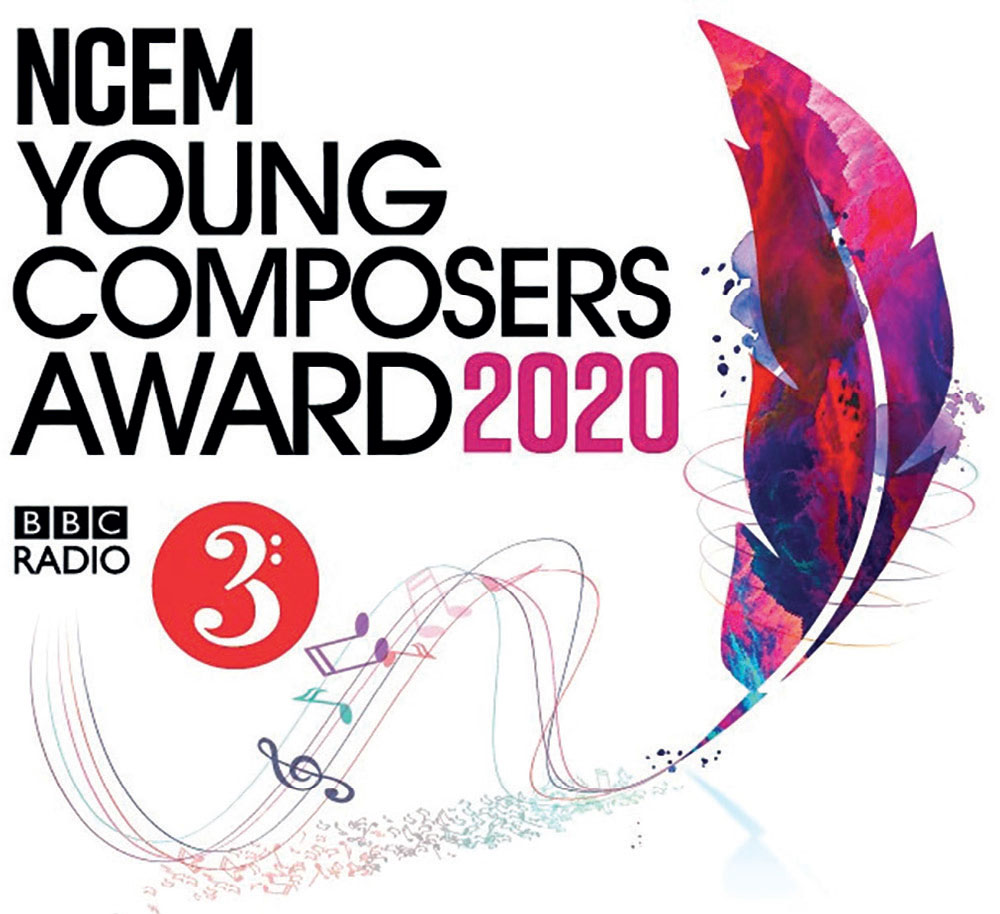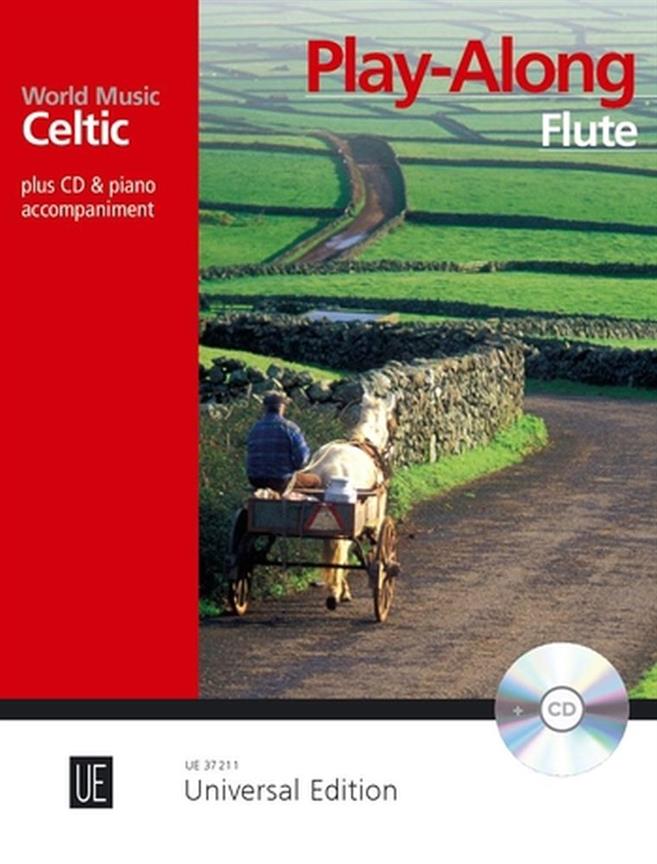
In the 19th century, Martin Tourish's ancestors in Donegal collected and notated dance music; today the accordionist and musicologist continues their work. Tourish has arranged and edited two collections of Celtic tunes which offer a great overview for flute players wanting to explore the styles. Tourish hasn't limited himself to the music of his native Donegal but has chosen music from all around the Celtic regions. He stresses in the preface that within each national style are many regional styles, which break down further into ‘a multiplicity of rich local styles’. The two books feature tunes from Ireland, Scotland, Wales, Cornwall and Brittany, suitable for flautists of around Grade 3 standard and upward.
Celtic Duets is an appealing, varied collection of 13 tunes dating from the 18th century to the present day. Many of the tunes have fascinating meanings or histories; ‘Bodmin Riding March’, a brisk D major piece, was the music the citizens of Bodmin played as they celebrated the hanging of an unfortunate 15th-century mayor.
The lyrics of ‘Na Ceannabháin Bhána (The Fair Haired Canavans)’are a summons to two little children. If they don't come, the song says, the local witch will put a curse on them. It's a slip jig (9/8 as opposed to 6/8) ranging in Tourish's arrangement from the flute's lowest C up to E in the third octave – he advises against going too fast and losing the expressive potential in the melody.
In the case of ‘Cota Ghearr Sgiobalta (The Short Smart Coat)’it's the sound, not the words or story that matter. The tune is from the tradition of puirt-a-beul, or mouth music. This type of Scottish music has repetitive, often meaningless lyrics with a strong rhythmic element – their purpose is not to tell a story but to give rhythm and energy to dancers.
Tourish has written notes on the background to the tunes and offers a lot of useful performance advice. He is very clear that the first thing any budding Celtic musician needs to do is put the book down: ‘Seek out the musicians, go to the places, listen to the records and view what can be viewed online. There are communities of people who are actively on the same path; get out to the numerous festivals and gatherings all around the world and meet them.’
There is no such thing as a correct version when it comes to traditional Celtic music, and Tourish makes clear that that's the whole point: ‘Any notated version of Celtic music is considered by performers to be skeletal, hence placing the greatest value on the knowledge of the individual traditions in question.’
Having said that, he doesn't shy away from giving advice when it comes to ornamentation. He gives examples of ornaments known by different names in the classical and Celtic traditions, such as the turn, also called the roll. There are lots of clearly notated examples of ornamentation for the player to try, though Tourish reminds us that ‘master performers will rarely ornament a tune in the same way twice.’
World Music Celtic Play-Along Flute


£14.09
If you don't have a friendly accordionist to hand, the next best thing is Tourish's Celtic Play-Along Flute. The backing tracks – each tune has two or three different tempos recorded for practice purposes – feature Tourish on accordion, whistles and piano, with Camille Champarnaud on guitar, violin, double bass and bodhrán. It's a shorter and less challenging collection of eight tunes (four of which also feature in the Celtic Duets volume), suitable for players of around Grade 1 to 3 level.
‘Beth yw’r Haf i Mi? (What is the Summer to Me?)’is a lovelorn Welsh melody dating back at least to the 18th century. It's an opportunity for the player to work on varying sounds, expression and ornamentation.
Also from Wales, ‘Merch Megan (Megan's Daughter’) is a lilting waltz, while the lively ‘New Rigged Ship’takes us north to Shetland and the mixed Celtic and Nordic traditions.
Flute players wanting to investigate the folk traditions of the Celtic regions will be off to a good start with these collections, and ideally inspired to go further.








